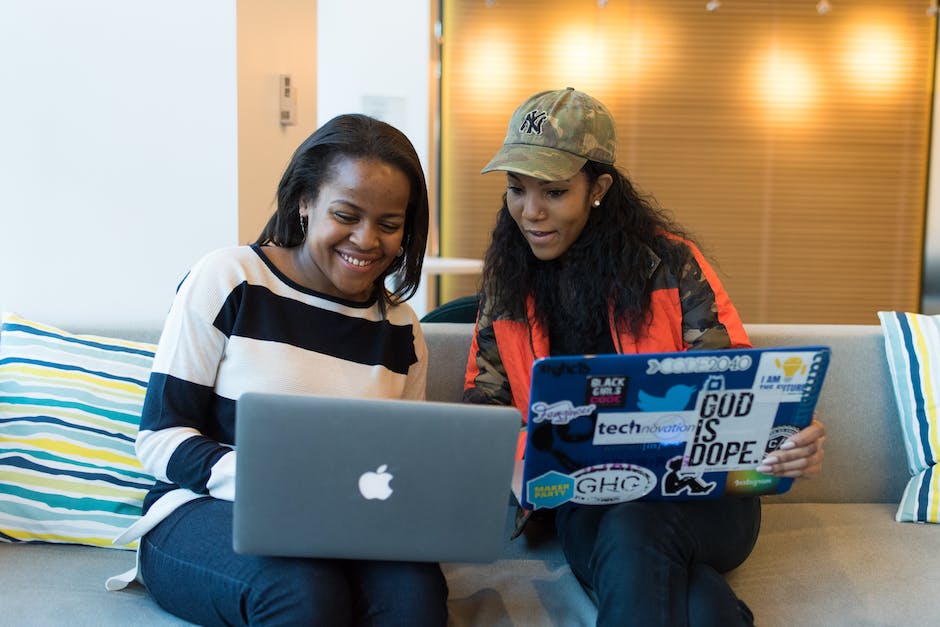How to Help Students Be the Best Version of Themselves

Unlocking the potential of students is a noble endeavor. It's about fostering growth, encouraging self-discovery, and guiding them towards becoming the best version of themselves. Let's delve into strategies that can make this transformative journey possible.
Resilience is built with support
The single most common factor for children who develop resilience is at least one stable and committed relationship with a supportive parent, caregiver, or other adult
- How can we approach our relationships with students with a little more purpose?
- Habits of mind and heart allow students to pursue professional and academic excellence, friendships, family relationships, and communities
- Character allows students to face challenges and embrace opportunities
What is your aim? Your vision? Your why?
Research out of Stanford University found that asking middle school students to reflect and write about the things that truly mattered to them during stressful points in the school year resulted in significant academic gains, particularly for at-risk students.
- Similarly, a similar exercise with first-generation college students resulted in academic gains.
Reflect, recalibrate, respond
Bridge the gap between initial reaction and thoughtful response that reflects who you are and who you aspire to be
- Allow students to reflect on clarifying questions
- How am I feeling right now about this? Why? What do I know, what do I need to know? Who can help
- What do you want the outcome of the situation to be?
- When students are having a strong emotional reaction, reflection can help them pay attention to what it might be telling them
- There’s no magic formula, we all have inherent dignity and we grow with experience
Putting strengths into practice
Every day presents students with numerous opportunities to aim high, to build strong habits, to learn by doing
- Courage will not look the same in every situation, and it takes practice and experience to habitually respond to challenges bravely
- When students encounter a challenge or opportunity, their first reaction might be to shut down, jump to a conclusion, or want to throw a punch
- Use the theoretically grounded Practical Wisdom Framework as a guide, they can own their response when they: Recognize their first, often instinctive, reaction
- Pause to reflect on the situation, remembering what they are aiming for, and who they aspire to be
- Recalibrate and respond in a way that matches their vision, their why
What is your first reaction?
Our gut-level response to a situation is our “first reaction.”
- Depending on our personality, temperament, and prior life experiences, we all tend to initially gravitate toward one extreme or another.
- While students may not have control over the emotion that washes over them, they do have the ability to choose what to do next.
- The Practical Wisdom Framework™ helps students develop that compass.

